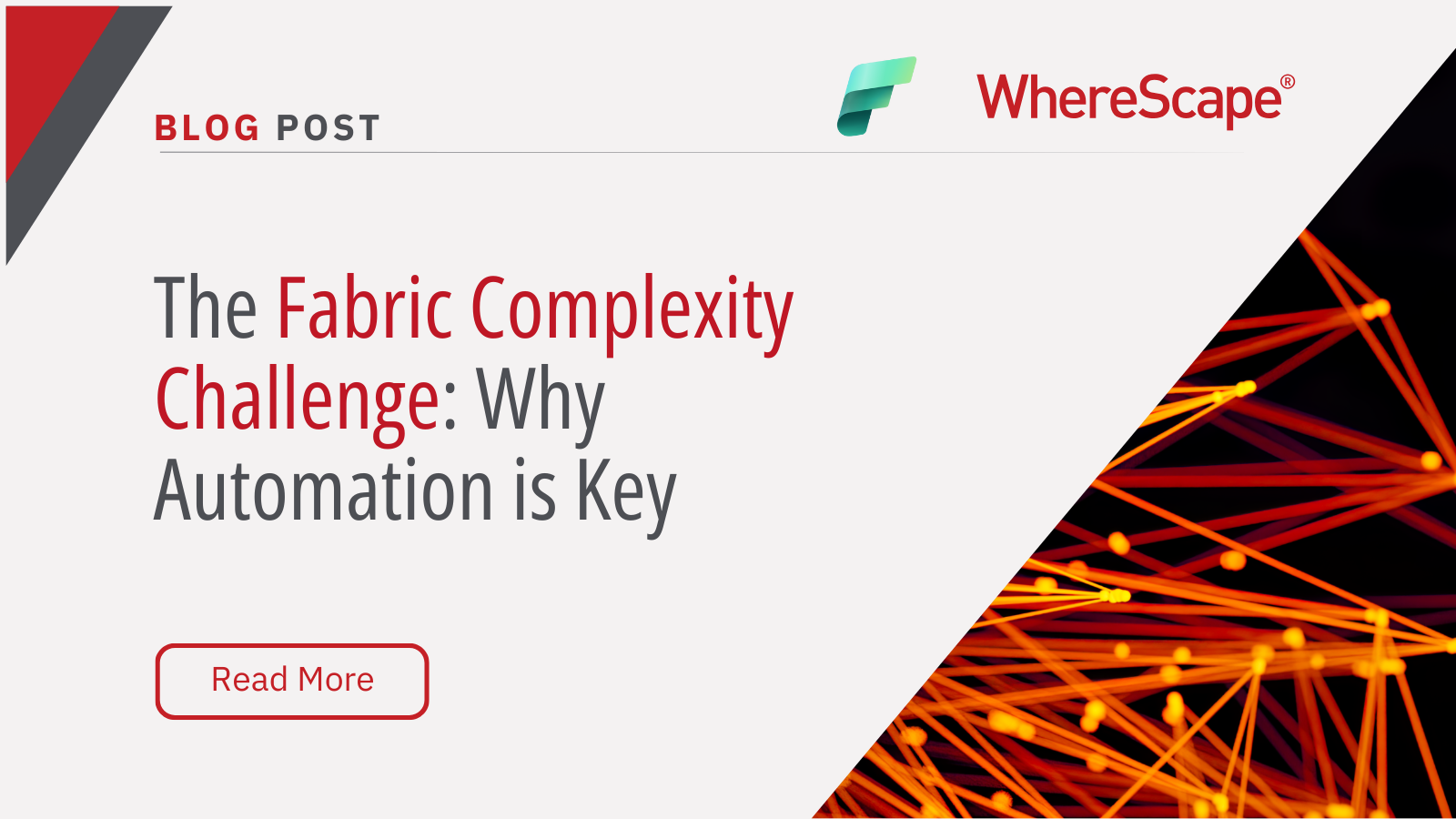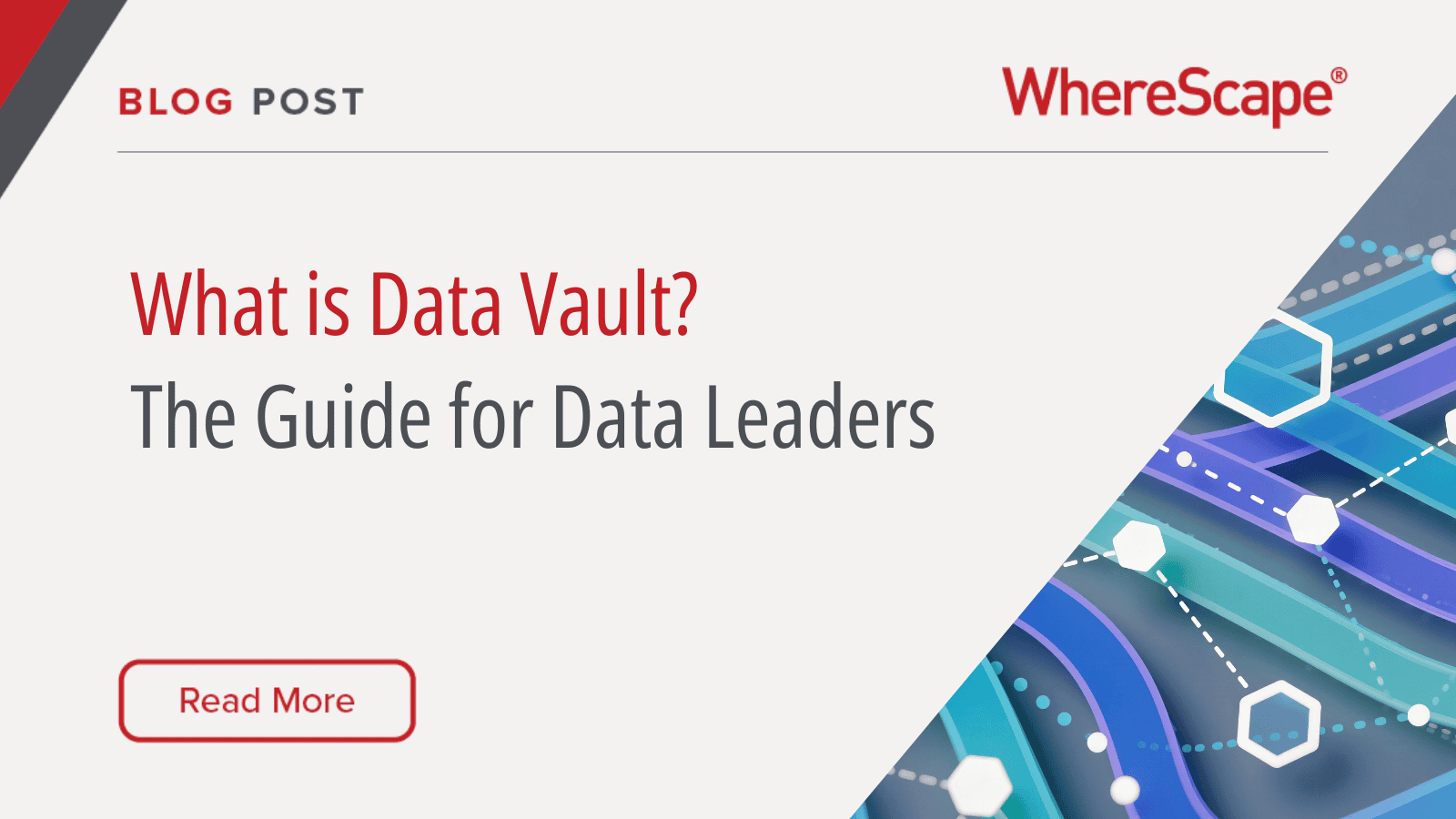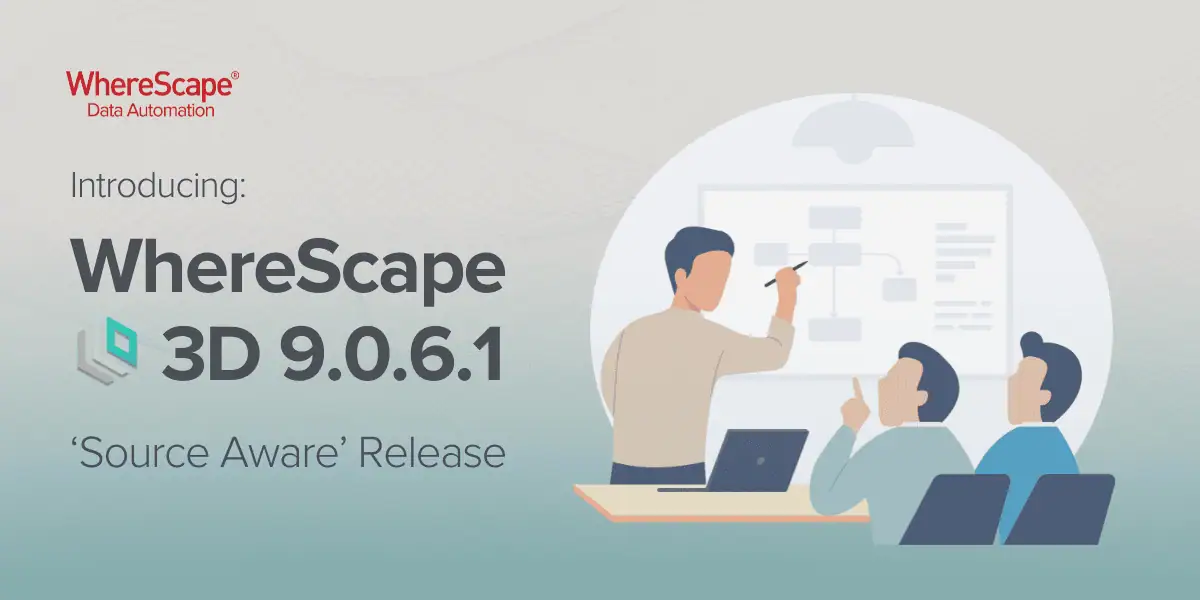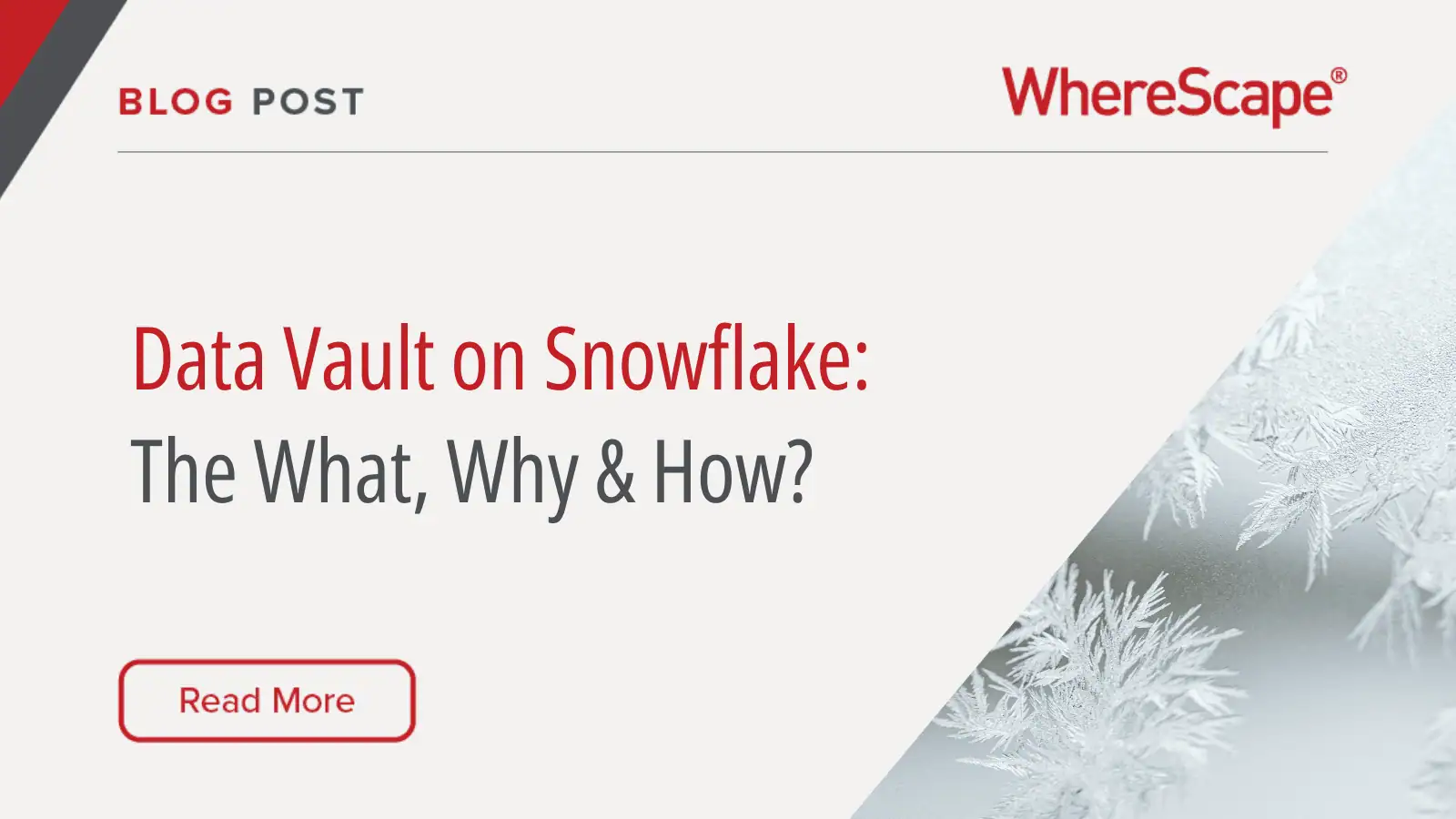Microsoft Fabric is an undeniably powerful platform. By bringing together OneLake, Fabric Data Warehouse, Data Factory, Power BI and Purview, it creates a unified analytics ecosystem for modern enterprises.
But as many teams quickly discover, power often comes with complexity. Each Fabric component has its own learning curve, best practices and interfaces. Stitching them together into a seamless, governed pipeline can be challenging — especially at enterprise scale.
In fact, without automation, Fabric projects can fall victim to the very problems they aim to solve: siloed development, inconsistent governance, ballooning manual effort and missed delivery deadlines.
That’s why automation is no longer optional — it’s essential.
Where Fabric Complexity Shows Up
1. Manual coding overload
Every Fabric project involves data ingestion, transformation, modeling, and governance. Without automation, these steps require hand-written SQL, pipeline scripts and YAML (YAML Ain’t Markup Language) configuration. It’s not only slow, but highly error-prone.
2. Governance gaps
Fabric integrates Purview for governance, but ensuring lineage, documentation, and metadata remain accurate requires discipline. In practice, different teams may document in different ways — leading to gaps, duplication or compliance risk.
3. Delayed delivery
Business leaders expect Fabric to unlock insights faster. But manual development introduces weeks (sometimes months) of delay. When every new dataset requires rework, delivery slows — and ROI suffers.
4. Scaling bottlenecks
As data volumes and use cases grow, manual Fabric implementations struggle to keep up. Onboarding a new source or scaling an existing pipeline often means rewriting code and retrofitting governance.
5. Fragmented toolchains
Many organizations still lean on external ETL tools or scripts, layering extra complexity on top of Fabric. This multiplies points of failure and fragments the “single pane of glass” that Fabric promises.
Why Automation is the Missing Ingredient
Automation from a platform like WhereScape doesn’t replace Fabric — it amplifies it. By handling the repetitive, metadata-driven tasks, automation allows data teams to:
- Reduce manual coding by up to 95%, as per WhereScape benchmarks.
- Enforce consistent governance automatically through integrated documentation, lineage and compliance templates.
- Accelerate project timelines — what used to take months can be delivered in days or weeks.
- Scale reliably without adding headcount or technical debt.
Put simply, automation turns Fabric from a powerful toolkit into a fully realized data operating model.
The ROI of Automating Fabric
Automation isn’t just about speed — it’s about economics. Here’s what enterprises can expect when combining Fabric + automation platforms like WhereScape:
- Lower total cost of ownership (TCO): Fewer manual processes, fewer external tools and fewer bugs to troubleshoot and fix.
- Higher developer productivity: One developer can deliver the output of a 10–20 person team.
- Stronger compliance posture: Automated lineage and documentation reduce the chances of audit failure.
- Faster time-to-insight: Data consumers (analysts, business leaders) get governed datasets sooner, fueling better decisions.
Think of it like cloud computing in the early days: the shift wasn’t just technical, it was economic. Automation makes Fabric a more viable enterprise platform not only technically, but financially.
Conclusion
Fabric has the ingredients for next-generation analytics. But without automation, many teams find themselves bogged down in manual effort, delayed delivery and inconsistent governance.
Automation cuts that complexity, freeing your team to focus on insight instead of infrastructure.
If your organization is considering Fabric, ask yourself: Do we want to spend time stitching pieces together manually — or do we want to accelerate value with automation built in?
Book a demo with WhereScape to see how automation reduces Fabric complexity by up to 95%.
About the Author
Patrick O’Halloran is a Senior Solutions Architect at WhereScape with over two decades of experience in data warehousing and analytics. He works with global organizations to implement automated data infrastructure using WhereScape RED and 3D, helping teams scale their data operations efficiently and reliably.




